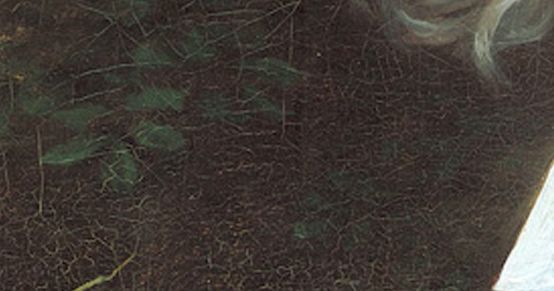Christ on the Mount of Olives
Every Friday, Beethoven is here. To mark the 250th anniversary of Beethoven's birth, each week the Swiss Music Review takes a look at a different work from his catalog. Today for the oratorio "Christ on the Mount of Olives".

In Beethoven's oeuvre, music for large vocal ensembles is reduced to a handful of scores. The finale of the Ninth is on everyone's lips and in everyone's ears. Missa solemnis can be considered as a magnum opusin the shadow of which is the Mass in C major. But an oratorio, composed for Holy Week? Yes, it is, Christ on the Mount of Olives op. 85, Beethoven's only contribution to this genre, has almost completely disappeared from the repertoire. Beethoven's temptation to write this work may well have come about by chance. In early 1803, he had been commissioned by Emanuel Schikaneder to write an opera for the Theater an der Wien. In return, he was assured that he would be able to give concerts there, with the resident musicians, on his own account, the first on April 5, 1803, the Tuesday of Holy Week. Beethoven's program included his first two symphonies and the third piano concerto. He added this oratorio, composed at short notice to fit in with the religious calendar. His claim that it was written in "14 days" should be taken with a grain of salt - the first sketches date from February of that year. Above all, Beethoven seems to have understood the oratorio as a step on the road to opera, both dramaturgically and musically.
Christ on the Mount of Olives was a success at the time of its premiere. However, the libretto by Franz Xaver Huber (1755-1814) later proved problematic, so when it went to press (Breitkopf & Härtel, Leipzig 1811), the publisher made arbitrary changes. Beethoven only learned of these changes in the proofs - too late to be able to clarify fundamental issues in his mind, even though he had to admit that: "the text is extremely simplistic, but when one has created a simplistic text as a whole, it is difficult to avoid, by punctual modifications, that it should not be disturbed." First and foremost, he refers to the warrior chorus: "We've seen him, / Go to that mountain, / Take the path on the left, / He must be very close!" It's certainly not very elaborate, but Beethoven must have known that such verses only make sense in the context of the Viennese tradition of spectacle, which most of the time also included staging. In any case, in several librettos of the period, we find similar didascalia, such as: "Jesus. He kneels at a distance from the sleeping disciples", "Christ rises", "Paul draws his sword", "chorus of soldiers leading Christ". Of particular interest here is the musical text of the current complete edition (also available as a study score from Henle). And those who are captivated by the symphonic introduction (which begins in E flat minor!) will probably be curious to know more...
Study score details :
Ludwig van Beethoven. Christus am Ölberge op. 85, edited by Anja Mühlenweg (Studien-Edition), Henle-Verlag Munich, 255 pages (HN 9311).
Aufnahme auf idagio
Keeping in touch
A weekly newsletter reveals the latest column on line. You can subscribe by entering your e-mail address below, or by subscribing to our RSS feed.








